Table of contents
Who is the Orixá Iroko?
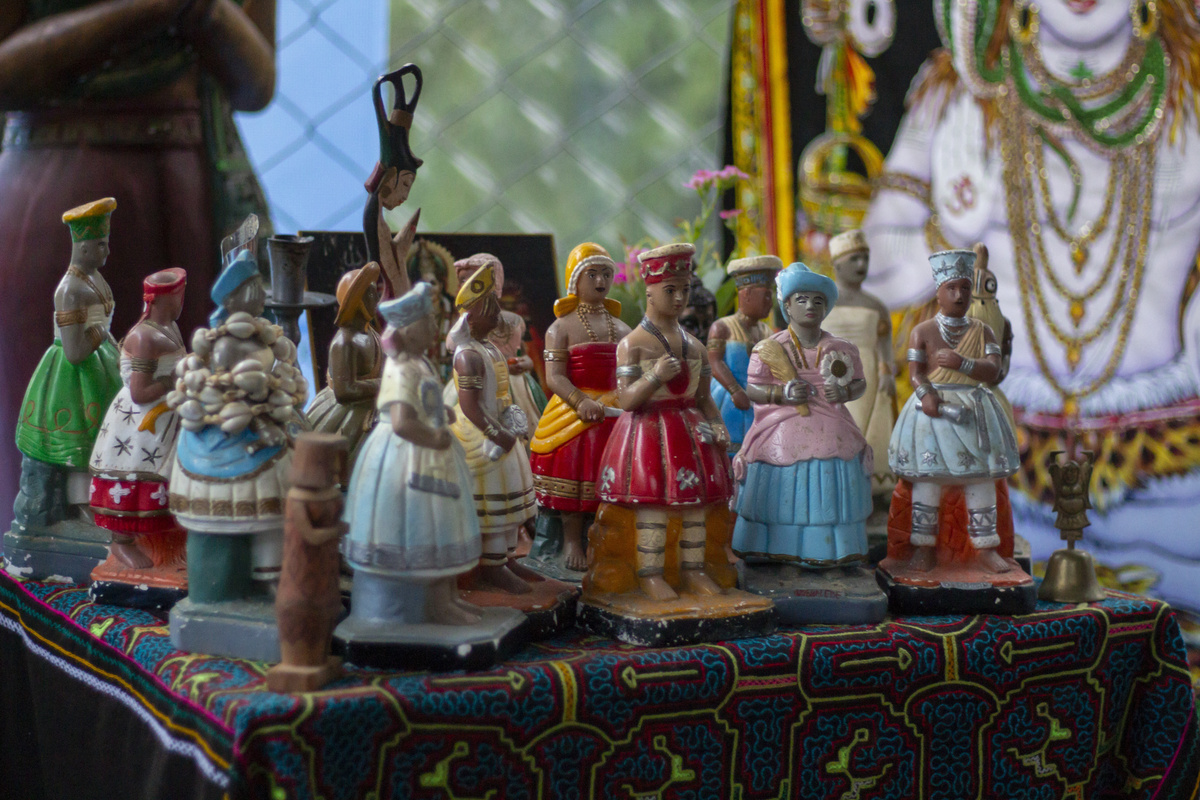
Iroko is one of the most ancient Orixás and wields great power, especially in relation to nature and the origin of the other Orixás that succeeded him. His history provides a basis for clearly understanding the reasons why he is known to command time.
In religions like Candomblé, Iroko is worshiped for his deeds and his way of acting. But, in general, the greatest representation that we have of this Orixá is given by the force and power that he exerts in relation to the dimension of time in the way we notice.
In Candomblé Iroko in Brazil is worshipped by the Ketu nation and as Loko is worshipped by the Jeje nation. As he exerts a direct power in nature and time, this Orixá has a relationship with all creations on earth.
Knowing more about Iroko
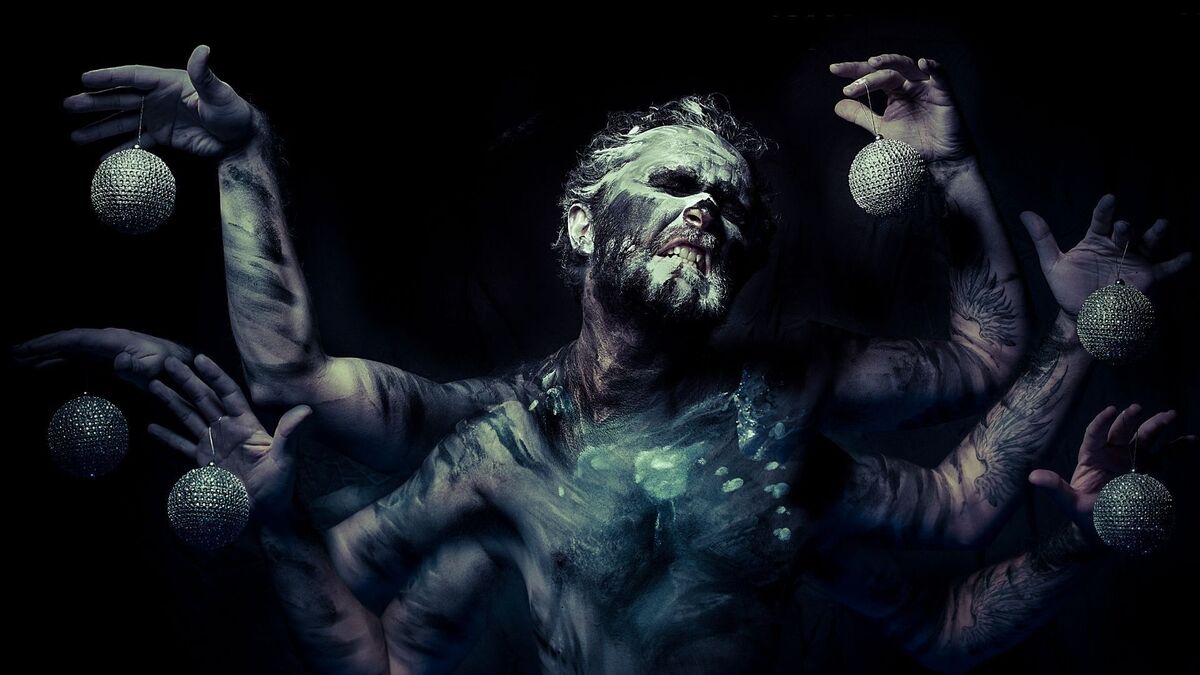
As one of the most ancient Orixás, Iroko is responsible for commanding time and ancestry. Knowing his history reinforces the characteristics about this powerful Orixá and brings understanding of the reasons why he is considered the most powerful.
This Orixá is usually not seen during the events of the centers, like the giras, but even if it does not appear in any type of earthly manifestation, it remains one of the most respected and considered as a true leader.
His power has spread to many different cultures, such as Babylon and Mesopotamia, where he is also known for his powers and strength. Iroko represents, in general, protection with nature, animals and ancestry.
Origin and history
As one of the oldest Orixás, Iroko has a history that demonstrates his relationship with nature and time. According to his story, he was the first tree to be planted on Earth, giving rise to all other Orixás.
The story of Iroko reveals that in the beginning of humanity, the Orixás needed to meet to make a decision about coming down to the planet and populating it. From this conversation, they decided to plant an entity on Earth, which was Iroko, so that everyone could descend from this entity to begin their tasks.
Visual characteristics
As for his visual characteristics and what Iroko represents in other religions and cultures, the Orixá is known by three main colors, which are white, gray and green.
Thus, these are the colors that symbolize this Orixá, something very important for it to be represented clearly within the religions in which it is worshiped. In its images, the Orixá is always seen accompanied by elements of nature, such as leaves, and connected directly to a tree, place of its origin on Earth.
Trees and Iroko
Because of his history of coming down to Earth and being created from a tree, Iroko has a very strong connection with nature and a specific tree serves to represent this powerful Orixá.
In Brazil, Iroko was syncretized and began to be worshiped using the tree Gameleira Branca (Ficus doliaria) as its main physical representation. It is a tree native to Brazil and can be found in several regions because it is quite common in tropical forests. Thus, it came to be considered a sacred tree.
Time and Iroko
Iroko's relationship with time is due to the fact that at times when all the Orixás gather to decide the destinies of humanity and events, he is present observing and listening.
Although he is known for not giving his opinion, it is known that Iroko is responsible for making those important decisions. Therefore, his connection with time comes from the fact that this Orixà will be responsible for determining the events, as well as the moments that they will happen.
Qualities of Iroko
Iroko is the Orixá protector of nature and comes out in its defense with all his strength. Iroko's story reinforces his goodness and qualities in relation to his dedication to humanity by having created roots strong enough to save the Earth.
Therefore, it is common to see that the children of Iroko have the same qualities as the Orixá and a passion for humanity and nature to the point that they dedicate themselves entirely to their projects, which generally have very strong links with helping people in need.
Beliefs and Iroko
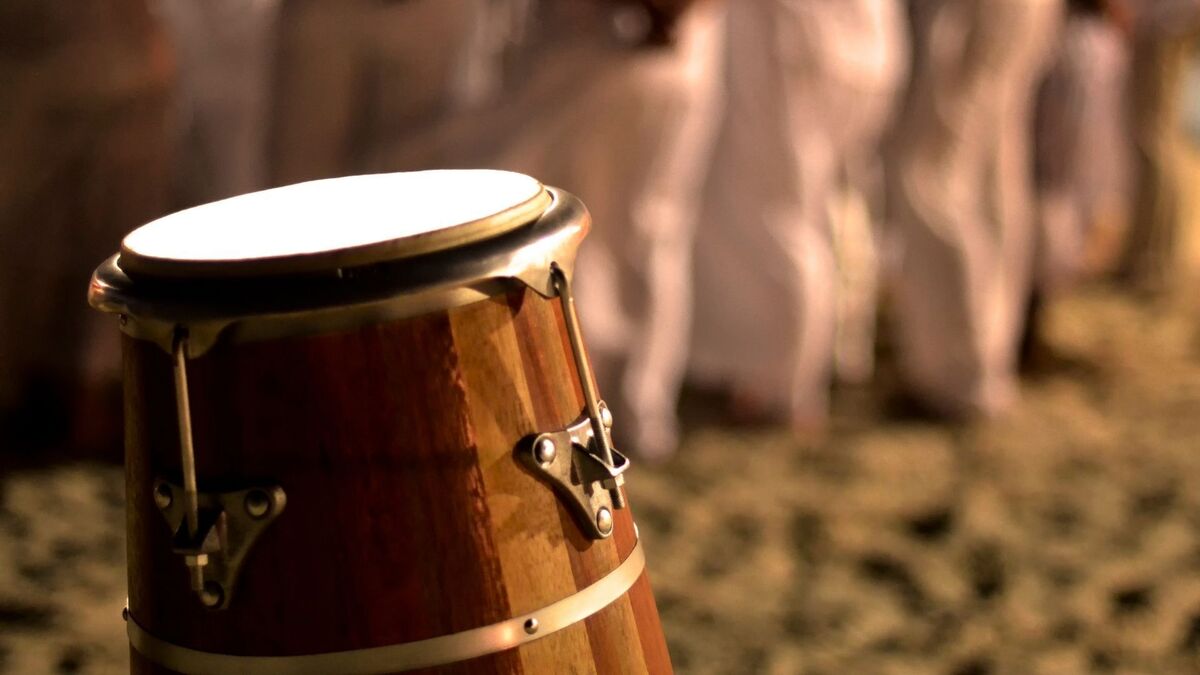
Iroko's power over time has become so great that this Orixá has been worshiped and exalted by many different peoples. In this way, religions that have different branches see him in specific ways despite his general meaning.
The creations and efforts of Iroko can be seen through religions such as Candomblé, Umbanda and even in the Catholic Church due to syncretism, being seen by the image of a saint present in the beliefs of Catholics.
His power is so strong that different cultures see him in specific ways and attribute to the Orixà infinite symbolisms, but always focused on nature and time, which are Iroko's central points.
Iroko in Candomblé
In Candomblé, Iroko may also be known as Iroco or Roko in Ketu. In the Jeje nation he may also be known as Loko. The way of seeing the Orixá may be a little different, but in the Angola or Congo nation he corresponds to Inquice Tempo.
This shows that the central point regarding the history of Iroko is maintained even in different religions. The greatest importance attributed to this Orixá is its connection with time and the power it wields to events and decisions related to humanity.
Iroko in Umbanda
In Umbanda, it is uncommon that the worship of Iroko occurs. But, it is not necessarily something that never happens. Some Umbanda houses perform services dedicated to this Orixá. Therefore, he is also present in this religion.
As Iroko has its strongest roots in Candomblé, it is uncommon to have this type of practice in Umbanda. Because of this, there is nothing specific dedicated to it and not even different terms to refer to Iroko, using only Candomblé's fundamentals for such.
Iroko in the Catholic Church
In the Catholic Church, Iroko is seen through syncretism with St. Francis, who is the patron saint of animals. Due to the fact that both are celebrated on October 4th, there is this union between the views of the Catholic Church and Umbanda.
As the two are linked by Catholic syncretism, the figure of Iroko in this religion is seen through St. Francis because both have in common some specific attributions, with vocations and dedications to protect nature and all that is found in it, such as animals.
Iroko in different cultures
In other cultures, such as Babylon and Mesopotamia, the Orixà is known in differentiated forms, as Winged Lion Enki, who becomes responsible for humans from their birth and throughout their spiritual infinity.
For the Mayas, he is known as Viracocha and by the Incas as Teotihacan, both responsible for the beginning and the end of everything. For the Greeks, he is seen through the figure of Chronos, known as god of space and time. And, finally, in Egypt he is seen by the god Anubis, who guides the passage of everyone from birth to the Valley of Death.
What Iroko's children are like
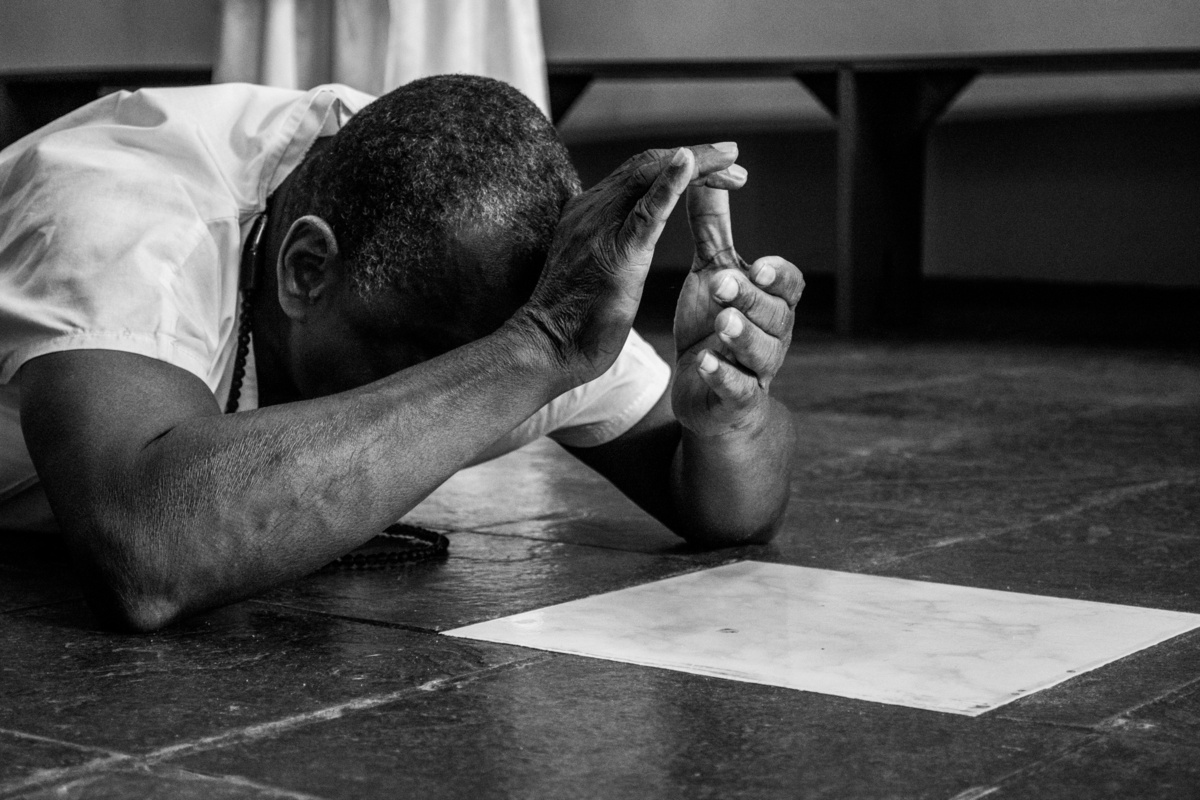
The children of Iroko are more directly influenced by the force of this Orixá. The entities exert specific influences on elements of nature and carry their own characteristics, which are very similar to those seen in human beings in general.
The Orixàs dedicate some of their efforts and energies precisely to protect human beings. Therefore, they become known as their children, who inherit some of the main characteristics of the Orixà that influences them directly.
The way the children of Iroko behave resembles the Orixá and you can understand a little more about these issues by reading in detail below!
Passionate about life
The children of Iroko, like the Orixá, have a very special and distinct characteristic that makes them passionate about life. They carry a happiness in living and feel love for what is around them, from the small details of nature to the great deeds.
The desire to live makes the children of Iroko dedicated and always want to realize projects and dreams. They seek within themselves the strength and courage to get where they want.
They love to cook
The passion for life makes the children of Iroko always seek new goals, so they love to cook and dedicate themselves to this practice showing all their talent to feed their loved ones and show their love for life and people through food.
Besides food, the children of Iroko also love to drink. In this way, they are dedicated to carrying out their desires and passions without modesty and without being attached to any vision other than their own.
Great friends
One of the greatest qualities of the children of Iroko is the fact that they are very dedicated people to those they love. They are excellent friends and are always willing to do whatever possible to help the people they live with. Therefore, they do not spare efforts to provide any kind of support to their friends.
Sometimes they can sound like stubborn people because they believe so strongly in something that they can't see other possibilities and try to prove to their friends that it's a waste of time to think differently.
Extreme sense of justice
The children of Iroko cannot bear to see situations of injustice. This is something that drives them completely out of their minds. A very common habit of theirs is that when they see any kind of unjust action, they seek the proper means to take revenge on the person who committed the act.
There is no possibility of stopping a son of Iroko when he is seeking revenge with his own hands, especially if this has somehow caused greater harm to the person affected.
Bad enemies
As much as they are excellent friends, the children of Iroko also have a very complicated characteristic to deal with. But, this only applies to people contrary to them.
In the same proportion that they can devote themselves entirely to their friends and will be faithful to the end, they will also not set aside any kind of quarrel they may have with someone. This will be fixed in their minds for the rest of their lives and they will not give up cultivating their enmities because they believe they have reasons for doing so.
Difficulties in keeping a secret
The difficulty in keeping a secret is something that greatly characterizes the children of Iroko. They are very expansive people who like to be with others.
Therefore, when they have a secret, especially if it is something positive, these people cannot keep the information under lock and key for long and soon want to spread it to the world. For the children of Iroko, keeping a secret is something very complicated and they rarely manage to do it without suffering.
To relate to Iroko
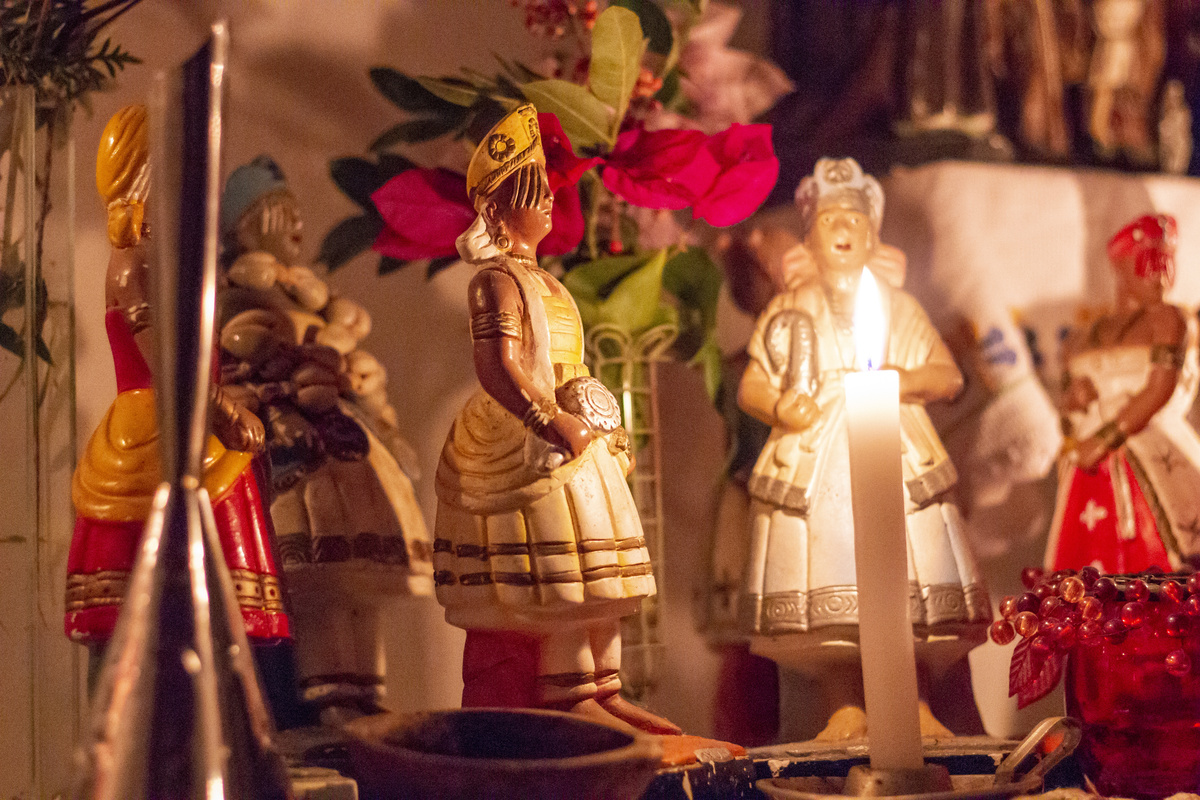
To get closer to Iroko, those who believe in her symbolism can adopt some measures to please the powerful Orixá and show that they are faithful to her deeds. Some very common practices before the entities are the offerings, which serve to please them.
Another way to relate directly with the Orixás is through elements that represent them, such as their colors and other symbols that have some kind of deeper relationship with them.
Prayers dedicated entirely to the Orixás can also be made, where they usually ask for the power of Iroko to manifest in their lives and bring them blessings from his strength. Learn some more details about Iroko right below!
Iroko Day
The day of the week considered to be Iroko's is Tuesday. This day is dedicated to the Orixá and prayers can be said and moments dedicated to her strength and power that bring benefits to her children and the people who believe in her abilities and powers.
In the religions that worship him, the day dedicated to Iroko can have special moments entirely dedicated to the Orixá.
Iroko Colors
The colors used to symbolize Iroko are gray, white, and green, which can be noted in the images representing the Orixá. Generally, the images show Iroko related to the tree that was his origin on Earth.
Therefore, it is common for the children of Iroko to wear items or clothing in the colors of the Orixá to symbolize that they follow and believe in the teachings and strength that Iroko has, mainly related to nature and its elements.
Iroko Symbol
Iroko's symbol is the trunk, which relates directly to the way this Orixá came to Earth.
As well as the elements of nature are also part of the clothing of Iroko, which can be seen in their representations along with their colors and symbolism. All elements of the Orixà will always connect in some way with nature.
Salutation to Iroko
All Orixás have their own greetings and they are very important and fundamental for all practitioners of Umbanda or Candomblé. In general, they are used to ask for strength and also as a way to greet them, granting good energies.
The greeting used to worship Iroko in Candomblé is: Iroko Issó! Eró! Iroko Kissilé! This is the phrase used to exalt the Orixá and show respect for him. Its meaning is Hail Iroko, lord of time!
Prayer to Iroko
It is very common for people to say prayers dedicated to Iroko in which they ask for good weather conditions, but also remember all the power the Orixà has with the weather.
Some very common prayers emphasize these requests and exalt the action capabilities of this powerful Orixá in the face of time and nature. Throughout the prayers, blessings are also asked for the life of those who make them.
Offering to Iroko
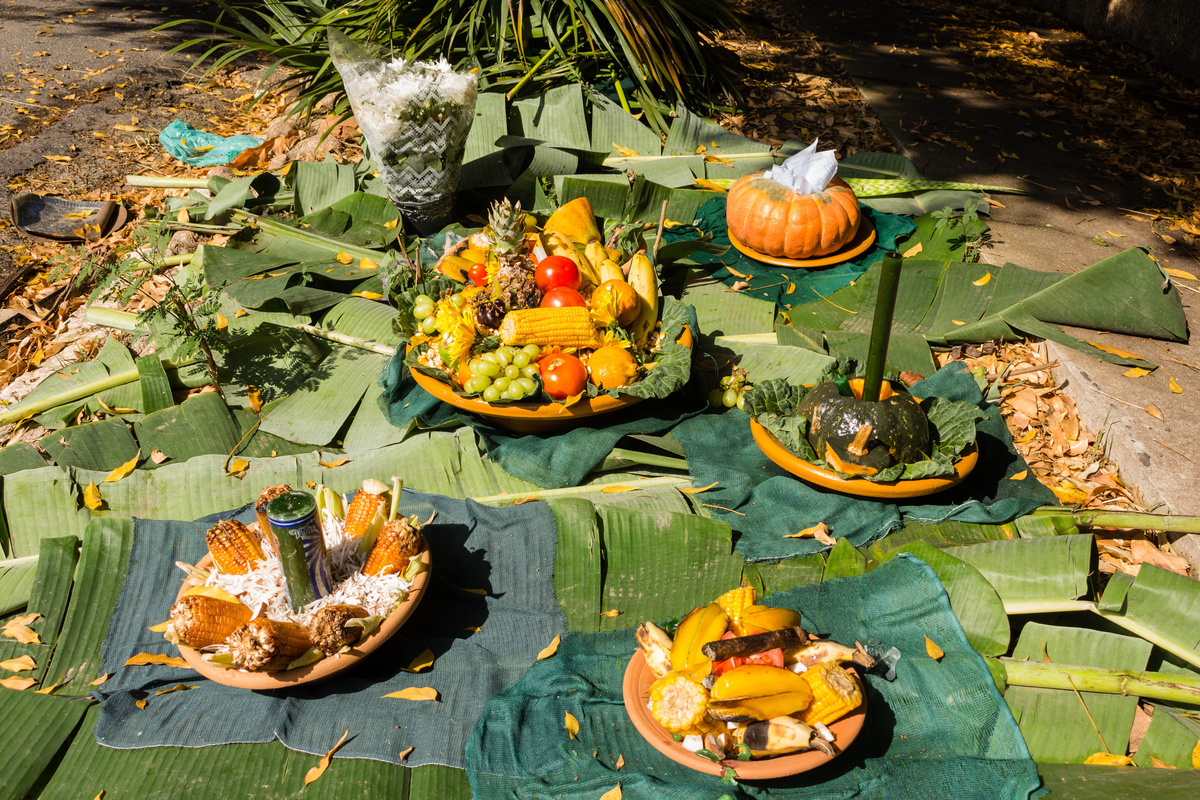
One way to thank the entities is by dedicating offerings that contain elements that are to the liking of each one. There are foods, gifts and other specific details for each Orixá. In this way, there are also specific dates and times when these offerings must be made and what must be contained in each one, as well as the processes that must be performed for this.
Generally, offerings are also made to give thanks for Iroko's deeds, for his protection with nature, and for all other weather-related actions that benefit his children and humanity.
When to do it?
The offerings should be made in gratitude for the great deeds of Iroko. As the day of this Orixá is Tuesday, this may be the most suitable date to make this process and thank Iroko for his dedication and strength, as well as for his positive influences regarding aspects involving nature and time. Thanking the entities is important because they will be by your side evenin difficulties.
Ingredients
The main ingredients for thanking Iroko for his deeds should be according to the preferences of the Orixá. In this case, some important items will be used and should be considered in the preparation of the offering to Iroko.
White corn, dende flour and ajabó can be used for the preparation. However, other items can also be included in the offering, since there is not only one exact type that can be prepared. Thus, other items used are okra, honey and olive oil.
Directions
To prepare one of the offerings dedicated to Iroko, you need okra, 1 cup of honey, and sweet olive oil. To prepare, first cut the okra very thinly or even chop it into small pieces.
Season the okra with sweet olive oil and honey and beat everything with your hands so that it is well mixed, until this preparation has a very pasty aspect. This way it will be done in the right way to be dedicated to Iroko.
Iroko is the tree through which all Orixás descend!
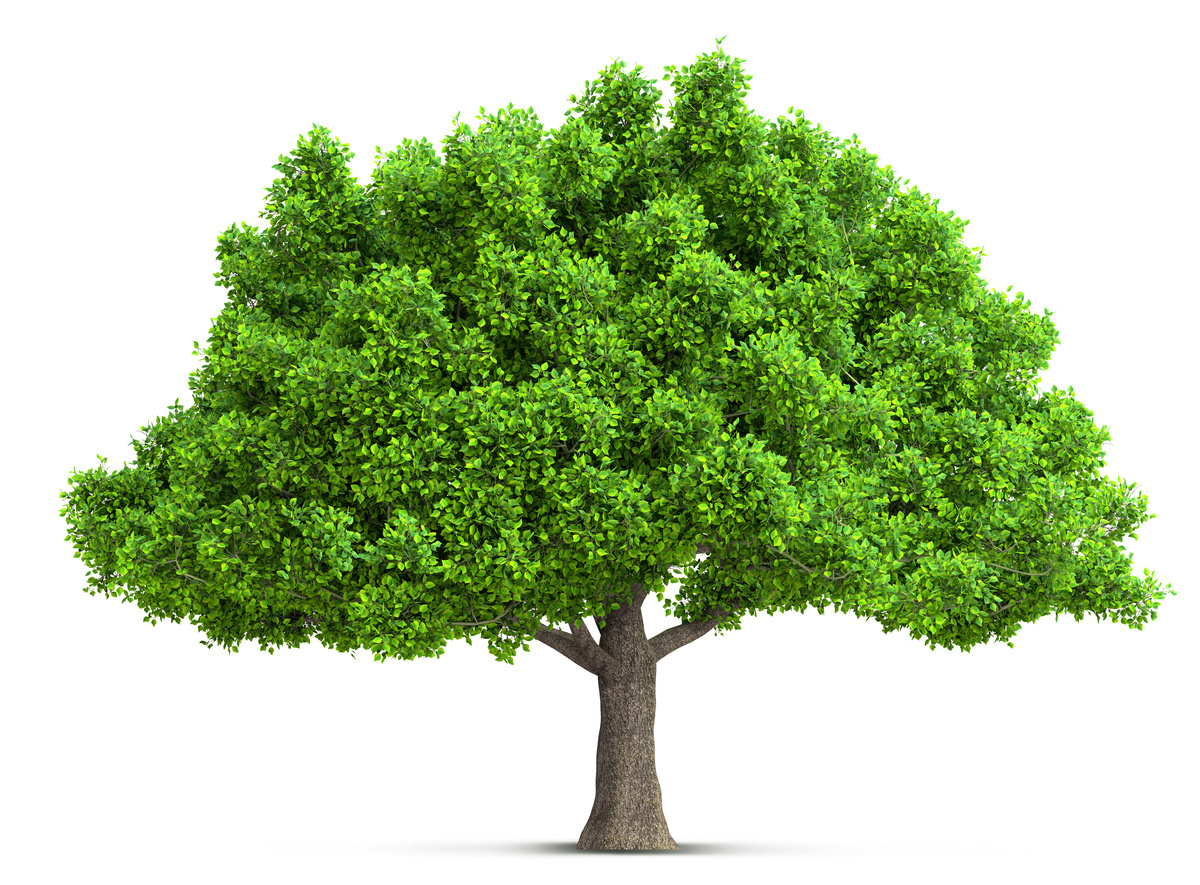
Iroko's symbolism shows that he is one of the most powerful Orixás due to the fact that he was the first to descend on Earth to populate it. He was sent from a tree that gave birth to everything and became one of his greatest symbols, making him known for his relationship with nature.
History shows that by descending to Earth in the form of a tree, Iroko made it easier for all the other Orixás to descend and thus populate the Earth and bring humanity to life. Thus, Iroko gave origin to the Sacred Tree, which is its representation in the religions that believe in and worship this powerful Orixá.

